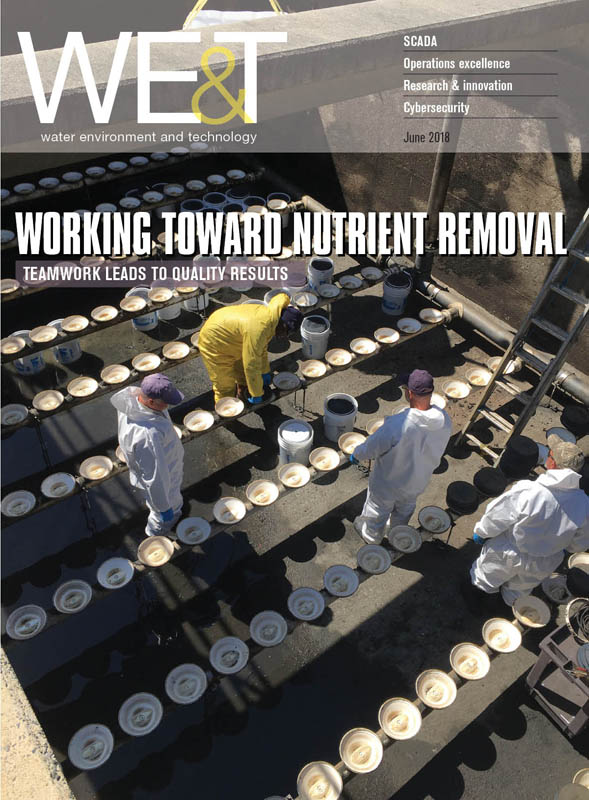Wastewater Biology: The Microlife, Third Edition

Water Environment Federation (WEF), WEF Press 601 Wythe Street, Alexandria, VA 22314, (2017) $95.00,445 pp., Softcover, ISBN 978-1-57278-337-9
This book is about the unique microbial world encountered within a biological water resource recovery facility (WRRF). With more than 12 chapters, the authors provide extensive information regarding different types of microlife, measurement techniques, and the operating conditions that affect the microorganisms.
The book has something for all stakeholders involved in wastewater treatment, including design engineers, microbiologists, facility managers, and operators.
The chapter on filamentous organisms will interest those involved with facility design, commissioning, troubleshooting, and operation. Another particularly interesting topic is the limitation and interpretation of the sludge volume index test on sludge settleability and alternate, but more reliable, testing methods available. Microbiologists will be interested in the book’s coverage of methods to measure microorganisms. The colorful pictures and pictorial representations add a lot of value to the book. Overall, microorganisms are the main protagonists of the wastewater treatment process and the authors should be commended for explaining the concepts lucidly.
I was surprised to see that there was no section on the microbial growth curve in the introduction chapters. I would have liked to see more coverage of the microlife found in different variants of the activated sludge process, such as sequencing batch reactors, moving bed biofilm reactors, and membrane bioreactors. It also would have been helpful to readers if there was a troubleshooting guide for the bioreactor.
The book has little information on industrial effluents. It also was disappointing to see no extensive coverage of bioaugmentation and its effect on removal of recalcitrant chemical oxygen demand.
As the world grapples with the challenges of population growth, urbanization, and water scarcity, the effects will be felt on WRRFs and mostly the microorganisms that are at the thick of the action. This book will be an ideal reference companion for WRRF managers and technicians who deal with various operational challenges.
•••
Rajesh Shenoy is a process engineer with Suez Water Technologies and Solutions in Bangalore, India.
•••

